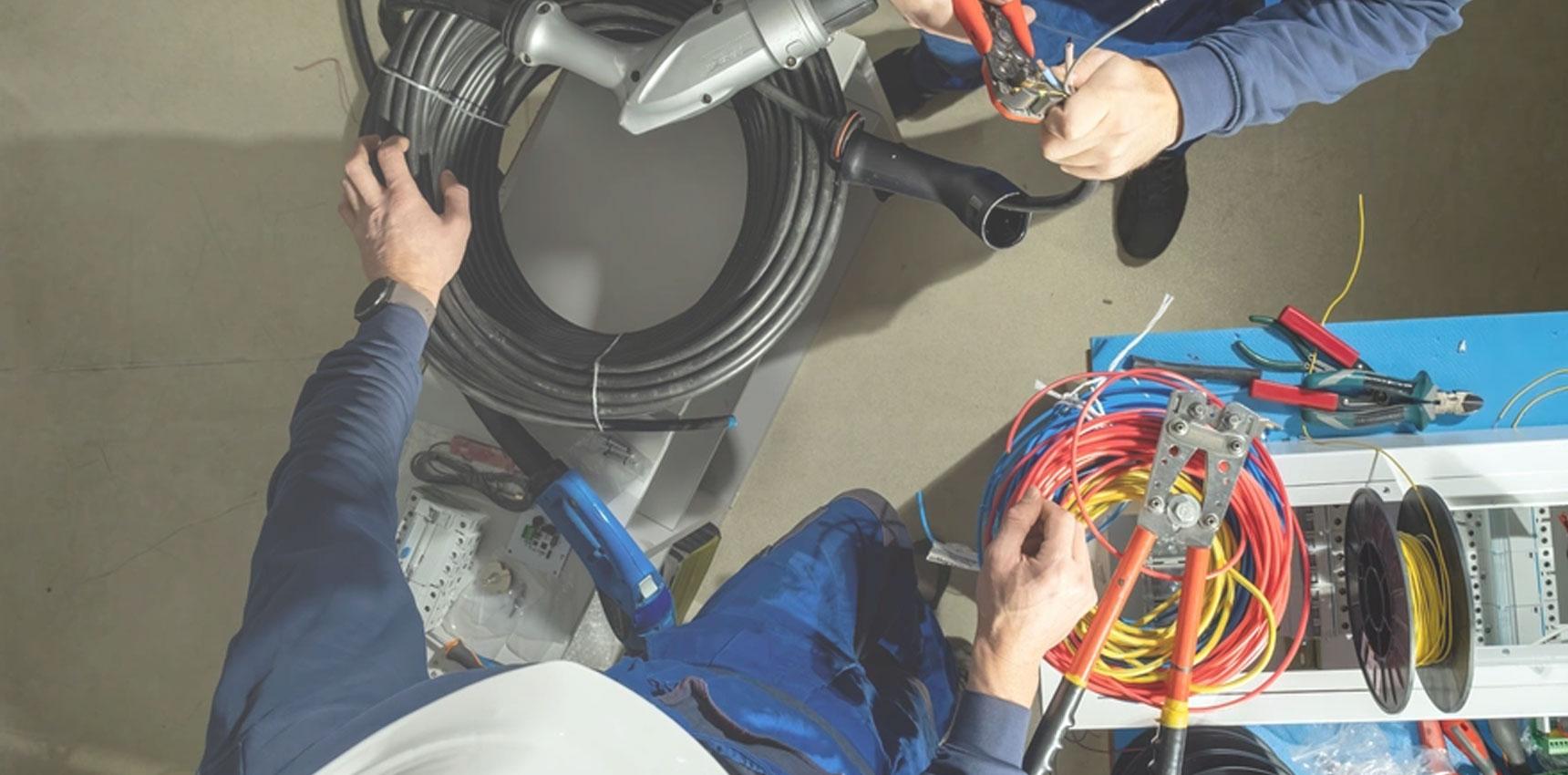Fire safety is one of the most critical aspects of property management, yet many landlords and letting agents fail in this area. The consequences of fire safety failings can be severe, ranging from the loss of life to financial penalties, damaged reputations, and even the loss of rental licenses.
With the increasing focus on fire safety regulations, particularly in Houses of Multiple Occupation (HMOs), landlords cannot afford to take a lenient approach to compliance.
Despite good intentions, many landlords make avoidable mistakes, often due to a lack of awareness, miscommunication with tenants, or failure to keep up with evolving legislation. These errors can create unsafe living environments, putting tenants at risk and exposing landlords to liability.
In this blog, we will highlight the most common fire safety pitfalls landlords encounter, explain why they occur, and provide practical steps to help you avoid them. Whether you manage a single property or a portfolio of HMOs, these tips will ensure your properties meet safety standards, protect your tenants, and give you peace of mind.
1. Skipping Fire Risk Assessments
Fire risk assessments are legally required for HMOs, yet many landlords neglect them. Without a thorough assessment, hidden risks – such as outdated wiring or poorly placed alarms—can go unnoticed until it’s too late.
Avoid this by:
- Hiring a qualified fire safety professional to conduct the assessment.
- Updating the assessments after property renovations or significant changes in tenancy.
2. Insufficient Fire Detection Systems
Many landlords underestimate the importance of comprehensive fire detection systems. A single smoke alarm in the hallway isn’t enough, especially in HMOs or larger properties.
- Test alarms monthly and replace faulty units immediately.
3. Ignoring Fire Doors
Fire doors are vital for containing fires and protecting escape routes, but they’re often overlooked. Common problems include tenants propping them open or landlords fitting standard doors instead of certified fire doors.
To prevent this:
- Conduct regular checks.
- Educate tenants on why fire doors should never be left open.
Proactively managing fire doors ensures they function as intended when they’re needed most.
4. Overloaded Electrical Circuits
Electrical fires are one of the leading causes of house fires, and rental properties are particularly at risk due to high tenant usage of sockets and appliances.
Steps to reduce the risk:
- Provide enough sockets in each room to prevent overloading.
- Ensure the property’s wiring is inspected every five years with an Electrical Installation Condition Report (EICR).
- Avoid supplying outdated or second-hand electrical appliances as part of the tenancy.
Educating tenants about safe electrical practices, like avoiding daisy-chaining extension leads, can also help reduce risks.
5. Blocked Escape Routes
Escape routes must always remain clear and accessible, yet they’re often blocked by tenants’ belongings, rubbish, or poorly placed furniture.
Ensure safe escape routes by:
- Conducting routine inspections to check for obstructions.
- Providing clear signage for all exit routes.
- Installing emergency lighting in multi-storey properties or HMOs to guide tenants during a fire.
It’s also worth reminding tenants to keep hallways clear, particularly in properties with limited space.
6. Neglecting Fire Safety Equipment
Fire safety equipment is often installed to tick compliance boxes but is then left unmaintained. In an emergency, faulty extinguishers or expired blankets are useless.
Maintain equipment effectively by:
- Scheduling annual servicing for fire safety equipment.
- Replacing fire blankets in shared kitchens if they show signs of wear or damage.
- Testing emergency lighting and replacing faulty units.
Proactive maintenance saves lives and ensures your property remains compliant with fire safety regulations.
7. Poor Communication with Tenants
Tenants often don’t receive the information they need to act responsibly in relation to fire safety. This lack of communication can result in blocked escape routes or misuse of fire equipment.
Improve communication by:
- Providing tenants with a fire safety guide upon move-in and within a Personal Information Box (PIB).
- Displaying a clear evacuation plan in communal areas.
- Offering simple tips, such as how to use a fire blanket or why alarms shouldn’t be disconnected.
A quick conversation or guide can go a long way in creating a fire-safe property.
8. Failing to Keep Up with Regulations
Fire safety regulations change regularly, and failing to stay updated can leave landlords exposed to non-compliance fines. The introduction of stricter smoke alarm and carbon monoxide detector rules has caught many landlords off guard.
Stay ahead by:
- Subscribing to updates from landlord associations or local councils.
- Follow Help and Safety at Work Ltd on social media.
- Regularly reviewing the current standards.
Taking the time to stay informed not only protects your tenants but also safeguards your investment.
Fire safety mistakes can have severe consequences, but most are entirely avoidable with the right knowledge and preparation. By conducting regular fire risk assessments, maintaining equipment, and educating tenants, you can ensure your properties remain safe and compliant. If you need professional support with fire risk assessments, equipment maintenance, or compliance advice, reach out to us. We specialise in helping landlords and letting agents meet their fire safety responsibilities with confidence.
Written by Matt Kemp from Help and Safety at Work, a member of The Local View Peterborough.





